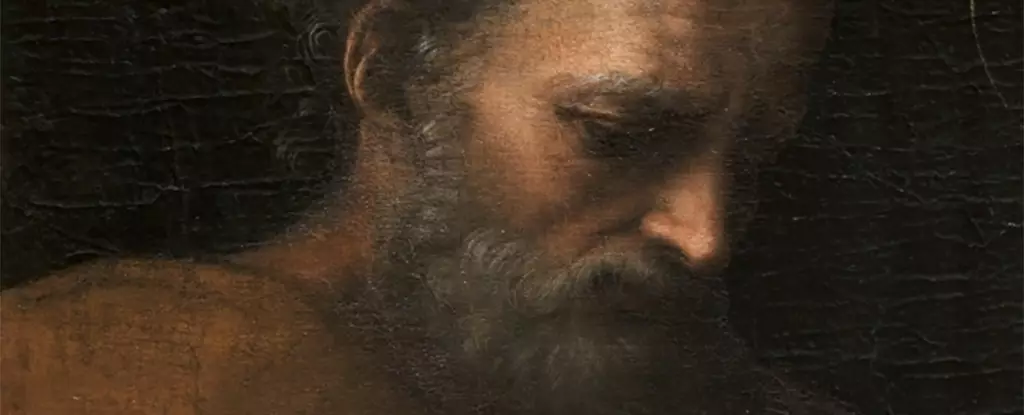The intersection of artificial intelligence (AI) and art has ushered in a transformative era, one where technology aids in unlocking the mysteries of historic artworks. Recent innovations reveal AI’s unique capabilities in discerning subtleties within images that often elude the human eye. An intriguing case study highlights an AI analysis of Raphael’s “Madonna della Rosa,” which brings to light significant questions about the painting’s authenticity and the contributions of its various creators.
Reassessing the Painting’s Provenance
For centuries, the legitimacy of “Madonna della Rosa,” created between 1518 and 1520, has been debated among art scholars. Critics began to express skepticism over the entirety of the painting being crafted solely by Raphael, notably in the 19th century. This debate gained new momentum, thanks to a recent investigation employing an AI-based algorithm to analyze the work. This digital tool evaluated not merely the whole artwork but also dissected individual elements, classifying the brushwork and features according to Raphael’s distinct style. This scrutiny led to an unexpected revelation: the face of St. Joseph, positioned conveniently in the upper left corner, appears to have been executed by a different artist.
The methodology behind this examination involved deep learning and machine learning techniques. The researchers adapted Microsoft’s ResNet50, a pre-trained neural network recognized for its high accuracy in identifying Raphael’s work. Traditional approaches often analyze entire paintings, but the innovative twist here involved assessing individual components separately. The process capitalizes on minute details such as brushstroke techniques, color palettes, and shading nuances—elements fundamental to identifying an artist’s signature style.
Mathematician and computer scientist Hassan Ugail remarked on the experience of training the AI to analyze the compelling intricacies of Raphael’s works, noting that it could detect features at a microscopic level that human analysts might miss. Such depth of analysis could redefine the standards of art authentication, blending artistic appreciation with advanced technology.
With the AI’s findings indicating that St. Joseph’s visage lacked the finesse characteristic of Raphael, the next logical question involved identifying the hand that wrought this face. Speculation arises regarding the involvement of Giulio Romano, one of Raphael’s most notable pupils. This case illustrates how technological advancements can provide fresh perspectives on long-standing dialogues surrounding the origins and influences of artwork. Still, it is crucial to recognize that while AI brings new data to light, it cannot stand as the definitive judge; the final interpretation requires the human expertise of art historians and curators.
The implications of AI applications in art investigation extend beyond a single painting. As the project highlights, the interaction between deep learning algorithms and traditional art history could forge a new path toward understanding the complexities of artistic provenance. Ugail insists that AI intends to complement, rather than replace, human insight, signifying a collaborative future similar to that seen in other fields enhanced by technology.
In the realm of art, authenticating a piece necessitates a multifaceted approach, encompassing analysis of historical context, pigment composition, and craftsmanship. The introduction of AI into this process enables scholars to expand the breadth of evidence they can analyze, offering potential breakthroughs in a previously opaque discipline.
As AI continues to evolve, its applications in art could revolutionize not only how we assess the credibility of historically significant works but also encourage a more nuanced understanding of the artistic narratives that define our cultural heritage. “Madonna della Rosa” serves as a vivid reminder of the complexity surrounding art creation, raising questions about authorship while showcasing the potential for modern technology to enrich our interpretations of the past. This unique synergy between artistic tradition and advancing technology opens vast possibilities, paving the way for a future where art criticism is as much about data as it is about discernment.


Leave a Reply